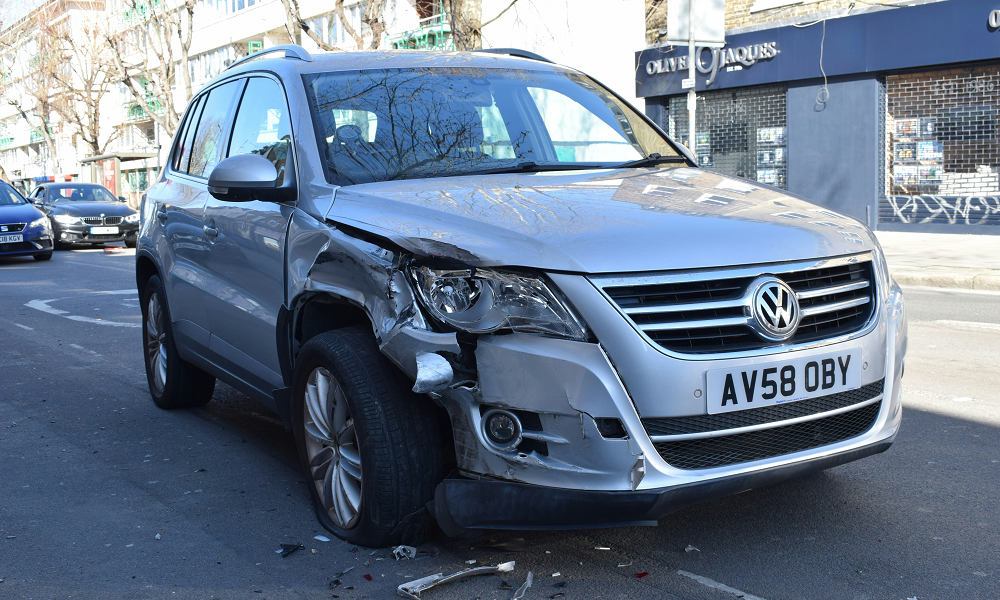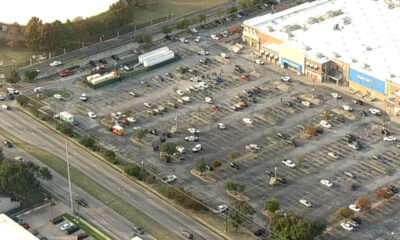Reviews
How to Document Accidents for Better Claim Outcomes

When accidents occur—on the road, at work, or in public—your immediate concern is safety. But if you’re injured, documenting the incident properly is crucial for any future legal claim. The accuracy and quality of your evidence can directly affect your compensation.
The Importance of Acting Quickly
Details fade fast. Recording real-time evidence helps preserve what happened and supports your version of events. Courts and insurers rely on this to assess fault and the severity of your injuries. Solid documentation builds a clear timeline, reduces disputes, and strengthens your claim.
What to Record After an Accident
1. Photos and Videos
Capture the scene thoroughly. Take multiple photos and videos showing:
- The accident location
- Injuries and damage
- Road, weather, and lighting conditions
- Signage or hazards
This visual evidence supports your account and may counter conflicting statements.
2. Notes and Witness Statements
Write down:
- Date, time, and exact location
- What led to the accident and what happened after
- How you felt physically and emotionally
- Witness names and contact details
If possible, ask witnesses for brief written statements. These can support your case with independent accounts.
3. Medical Evidence
Seek medical attention immediately. Keep copies of:
- Hospital and GP reports
- Test results (e.g. X-rays, scans)
- Treatment summaries and referrals
- Prescriptions and receipts
This information shows the extent of your injuries and confirms you took them seriously.
Report the Incident Officially
If the accident occurred at work or in a public place, notify the responsible authority and request a copy of the incident report. For road accidents, file a police report and retain a copy. These documents often serve as independent verification of your account.
Organise Your Evidence
Use a digital folder (on your phone or cloud storage) to keep everything in one place. Organise it into:
- Photos and video
- Medical files
- Written notes and witness info
- Reports and correspondence
Label documents clearly by date and category. Back them up to prevent loss, especially if the claim takes time.
How Documentation Affects Legal Outcomes
In most personal injury claims, the burden of proof lies with you—the injured party. You must show what happened, who was responsible, and what damage you’ve suffered.
Why Good Documentation Helps
Clear, consistent records:
- Establish fault
- Prove your injuries and losses
- Prevent disputes or denials
- Support negotiations with insurers
Insurers and opposing parties will look for:
- Gaps in records
- Conflicting timelines
- Lack of supporting evidence
These issues can reduce or delay your compensation or result in a rejected claim.
Where Legal Support Makes a Difference
Experienced personal injury lawyers understand what evidence holds weight and how to present it. They can:
- Spot weak points or gaps
Ensure your documentation meets legal standards - Communicate on your behalf with insurers and third parties
- Help you build a stronger, more complete claim
Many successful outcomes depend on this level of guidance. If you’re unsure about the process or your case involves serious injury, it’s worth exploring support through lawadvice.com.au, where legal professionals are equipped to manage the documentation process effectively.
A Foundation For Your Claim
Accident documentation isn’t just a task—it’s a foundation for your claim. By acting quickly, staying organised, and knowing what to record, you protect your right to fair compensation. The right evidence, supported by expert legal advice when needed, can make all the difference in your recovery, both physical and financial.

-

 World3 days ago
World3 days agoEthiopian volcano erupts for first time in thousands of years
-

 Legal1 week ago
Legal1 week agoMichigan man JD Vance sentenced to 2 years for threatening Trump and JD Vance
-

 Legal1 week ago
Legal1 week agoWoman in critical condition after being set on fire on Chicago train
-

 World1 week ago
World1 week agoHurricane Melissa registered 252 mph wind gust, breaking global record
-

 Legal6 days ago
Legal6 days agoSuspect in San Diego stabbing shot by authorities after fleeing into Mexico
-

 Legal1 week ago
Legal1 week ago1 dead, 2 injured in shooting at Dallas Walmart parking lot
-

 Health6 days ago
Health6 days agoMarburg virus outbreak in Ethiopia grows to 6 confirmed cases
-

 Legal6 hours ago
Legal6 hours agoUtah Amber Alert: Jessika Francisco abducted by sex offender in Ogden




